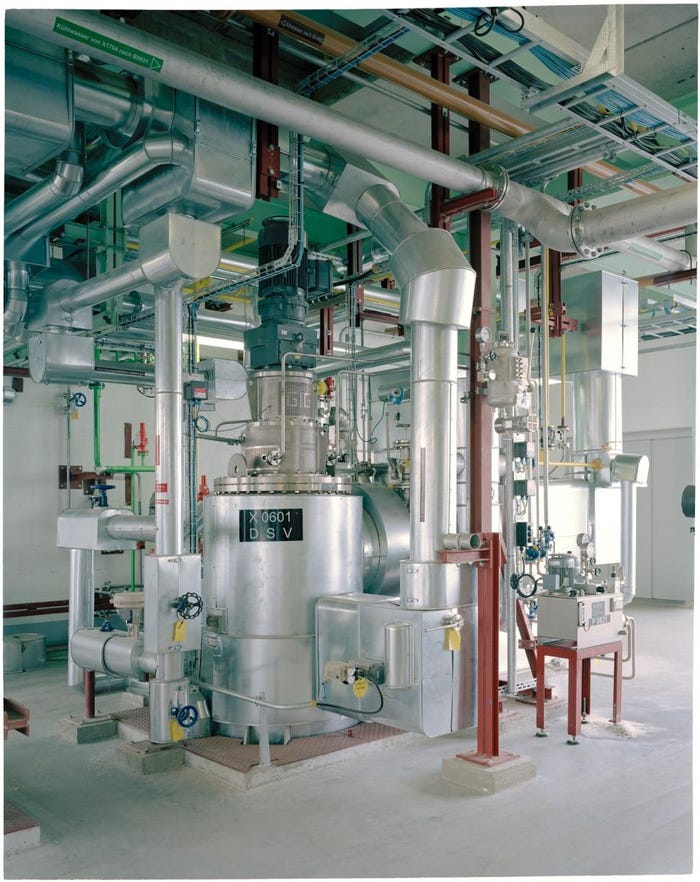Clariant announces 50 percent capacity increase for innovative Licocene performance polymers
As customers around the globe wax lyrical about Clariant's Licocene performance polymers, the company has announced that it is increasing production capacity by 50 percent at its facility on the Frankfurt-Höchst Industrial Park in Germany. The facility is currently designed to produce 20,000 metric tons of Licocene per year in a continuous closed cycle. The debottlenecking of Clariant's existing production line represents a low double-digit million Swiss Franc investment. The additional capacity is scheduled to come on stream in Q1 2016.
June 30, 2014
As customers around the globe wax lyrical about Clariant's Licocene performance polymers, the company has announced that it is increasing production capacity by 50 percent at its facility on the Frankfurt-Höchst Industrial Park in Germany. The facility is currently designed to produce 20,000 metric tons of Licocene per year in a continuous closed cycle. The debottlenecking of Clariant's existing production line represents a low double-digit million Swiss Franc investment. The additional capacity is scheduled to come on stream in Q1 2016.
 Licocene is a family of high-performance polyolefin-based waxes, manufactured by means of metallocene-catalyzed polymerization, a process that is unique to Clariant.
Licocene is a family of high-performance polyolefin-based waxes, manufactured by means of metallocene-catalyzed polymerization, a process that is unique to Clariant.
In plastics production, waxes serve as important tools to custom-tailor product characteristics. Thanks to the sandwich-like molecular structure of the metallocenes, the Licocene family allows various properties to be selectively tuned within broad ranges and combined in various ways. Combining low molecular weight with high mechanical strength, their low melt points and low viscosities allow optimum processing at lower temperatures and with lower dosage than alternative products. Without compromising mechanical and other properties, even improvements in end-product performance such as weight reduction can be achieved.
"The decision to increase capacity reflects the steady double-digit growth experienced for Licocene performance polymers since their launch in 2006," said Christian Kohlpaintner, member of Clariant's executive committee. "It presents an efficient opportunity to support the current strong rise in demand particularly from China, India, Indonesia and Turkey, in line with Clariant's general strategy to invest in growing businesses."
Licocene's ability to support more sustainable processing is particularly valued in energy-intensive sectors, such as technical textiles for mattresses, furniture and carpets for automotive and aerospace interiors. They are also used in the manufacture of masterbatches and engineering plastics, as well as in industrial coatings, and in printing inks and adhesives for packaging applications.
According to Michael Grosskopf, head of business unit additives, Licocene performance polymers were developed to address the gap between easier processing for customers and optimized properties for the consumer.
"They bring added-value by offering more sustainable solutions that allow them in turn to formulate products with sustainable benefits, such as lower volatile organic compounds (VOC) for the automotive interior, weight reduction for aircraft carpets, higher concentration in masterbatches and lower dosage in adhesives," he said.
About the Author(s)
You May Also Like


